The world Frank Herbert built for his Dune series is one of the richest examples of science fiction, yet somehow Denis Villeneuve managed to take it even further in his movie adaptations.
The fictional language we hear Zendaya, Javier Bardem, Souheila Yacoub, and Timothée Chalamet speak was only described and featured in snippets in Herbert’s book, which meant Villeneuve had to create it almost from scratch for his screen adaptation. A complicated task that speaks to his dedication to the Dune universe, but one which has been carried out before, in projects like Game of Thrones or James Cameron’s Avatar. Villeneuve enlisted Dothraki developer and linguist David J. Peterson for the job, creating an intricate new language with familiar references to the real world.
What is the Fremen language?
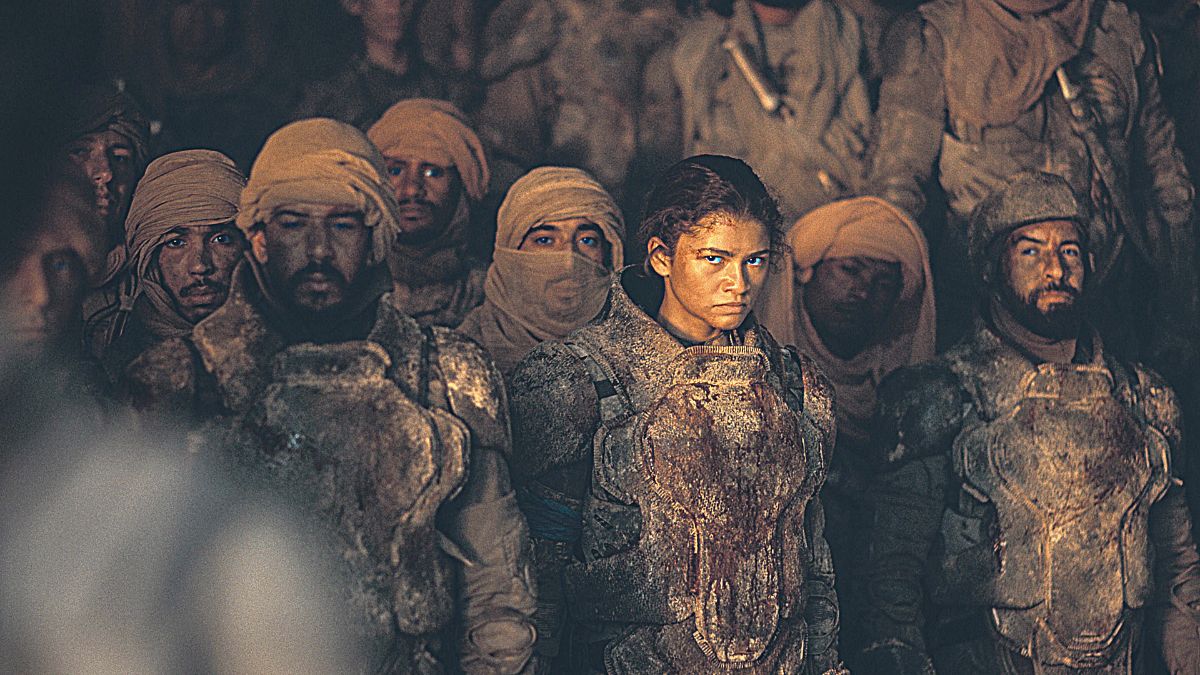
The Fremen in Villeneuve’s adaptations of the Dune novel speak a constructed language called Chakobsa. There is a real language with that same name spoken in the northwestern Caucasus region, which is said to be a secret hunting language used by princes and nobles. The few excerpts featured in the books are mostly influenced not by the real Chakobsa, but by a mixture of Romani, Serbo-Croatian, and, especially, Arabic.
Chalamet’s leading man, Paul Atreides, hails from the Scottish-looking planet Caladan, which we see in 2021’s Dune but not 2014’s Part Two. There the Atreides speak English, which functions as a stand-in in the films for the Imperium’s official language of Galach in the source material. Paul studies and is fascinated by Fremen culture when he moves to Arrakis, and finally gets to use some of that knowledge in Part Two, namely while communicating with Zendaya’s Chani or Bardem’s Stilgar in Chakobsa.
The cast went to “Fremen school,” as Villeneuve put it in an interview with Entertainment Weekly, “They took weeks to learn the language and came on set absolutely fluent. There was even a dialect coach on set. Everybody took it so seriously, and I was so moved to see Timothée [Chalamet] give whole speeches in Chakobsa,” the director said. We’re definitely thankful to Chalamet, because that speech Villeneuve was talking about might just go on to become one of the most memorable scenes and bits of acting in 21st-century moviemaking.
Peterson has spoken about his experience developing Chakobsa for Villeneuve in the past. He was adamant in including the smallest number of references to modern-day languages possible, citing the 8 millennia gap between our time and the events of Dune as the reason why it would be illogical to maintain any words known and spoken today. Arabic-inspired buzzwords like Lisan al-Gaib, Muad’Dib, and Shai-Hulud, of course, had to carry over into the films for fear of upsetting diehard fans of the books (including Villeneuve, who has loved them since he was 14). However, other Arabic words present in Herbert’s novel like “jihad” and the war cry “Ya hya chouhada” (“Long live the fighters/martyrs”) were changed for the films, due to their real-world connections — the first to radical Islamic organizations, and the latter to the Algerian War of Independence against the French from 1954 to 1962, which, when said by a white savior-type character in Villeneuve’s films, would have come off as tone-deaf.

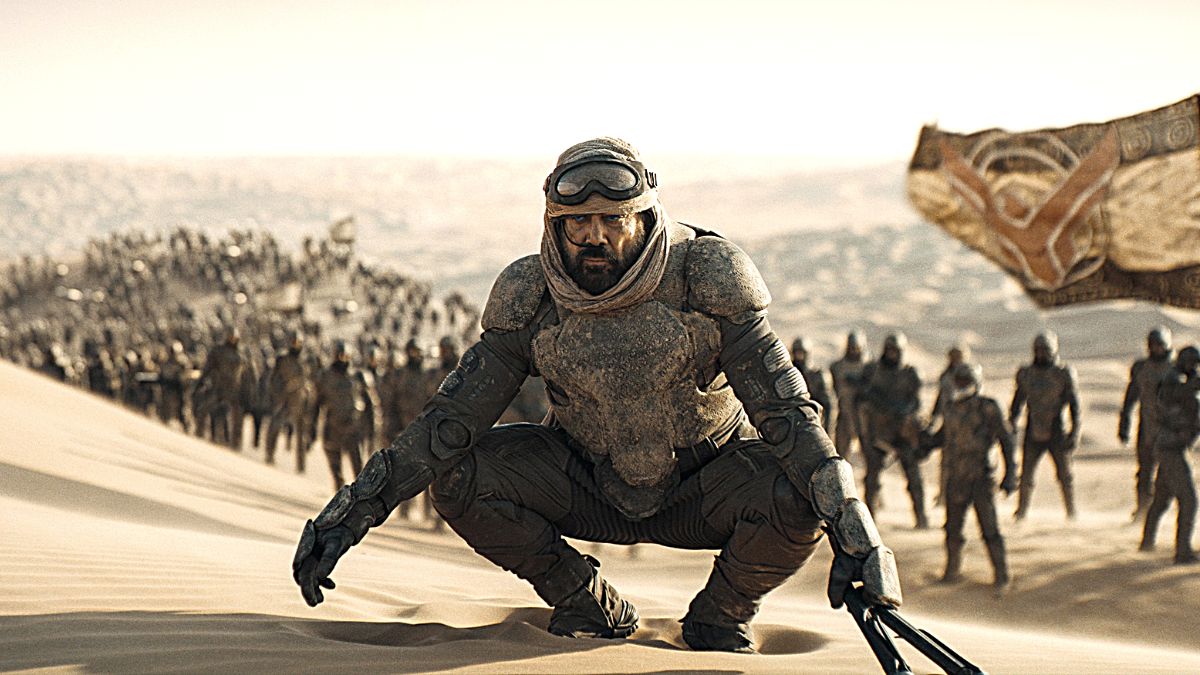


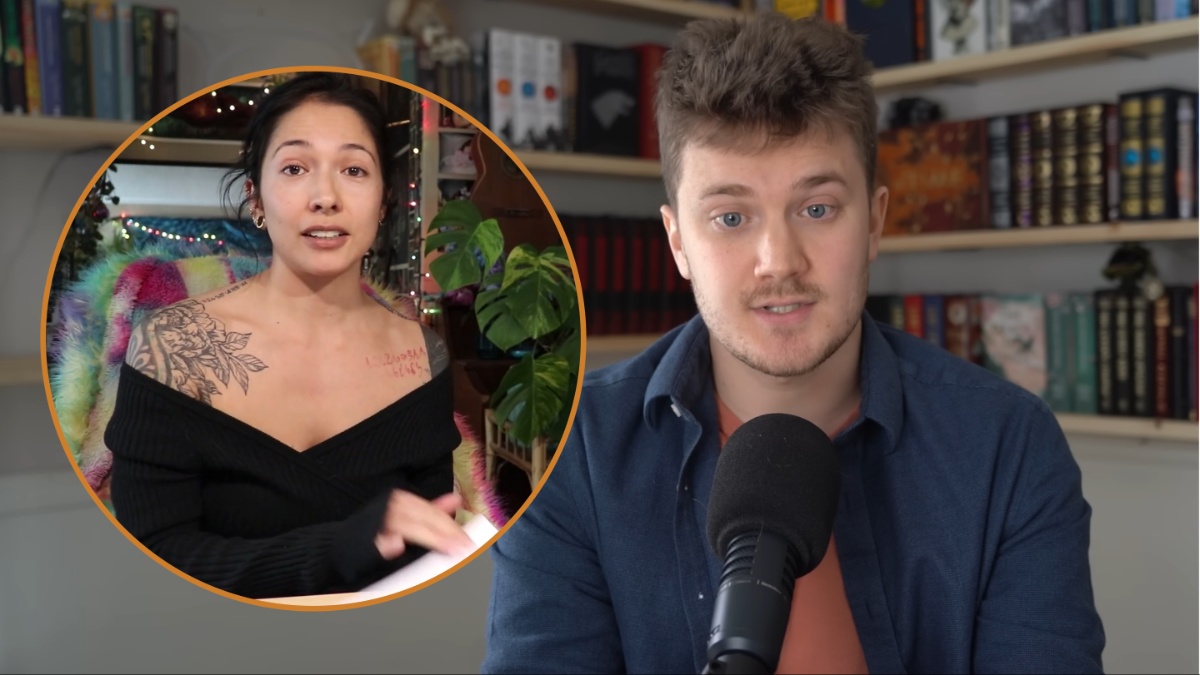
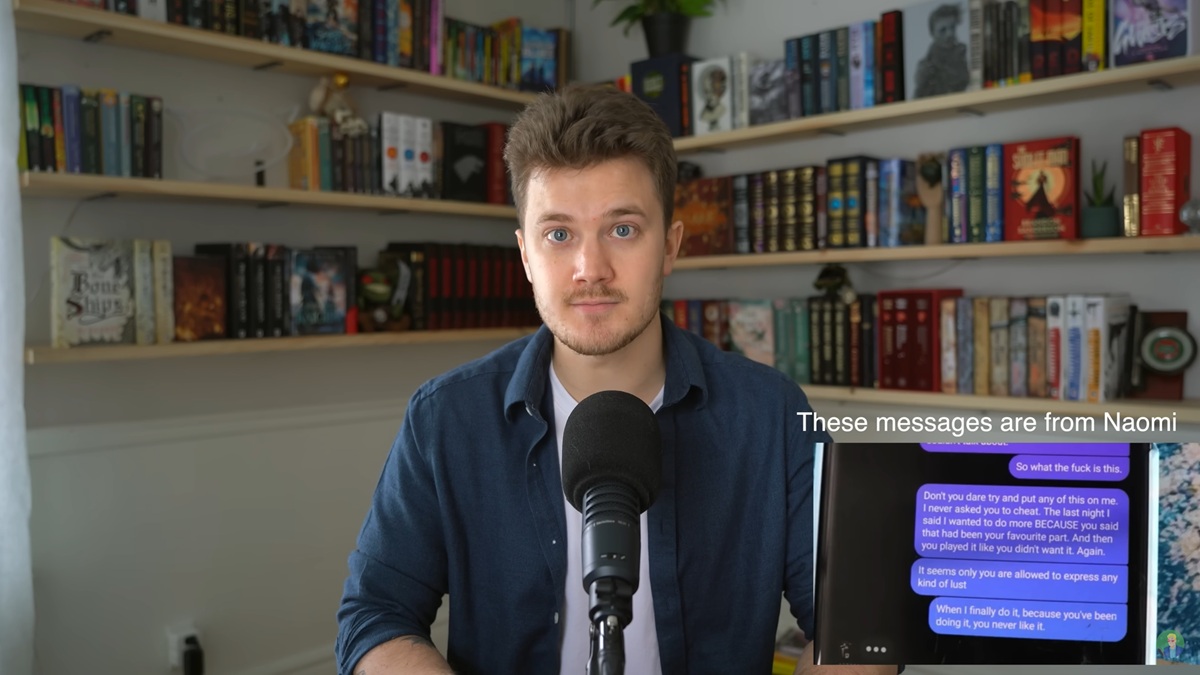
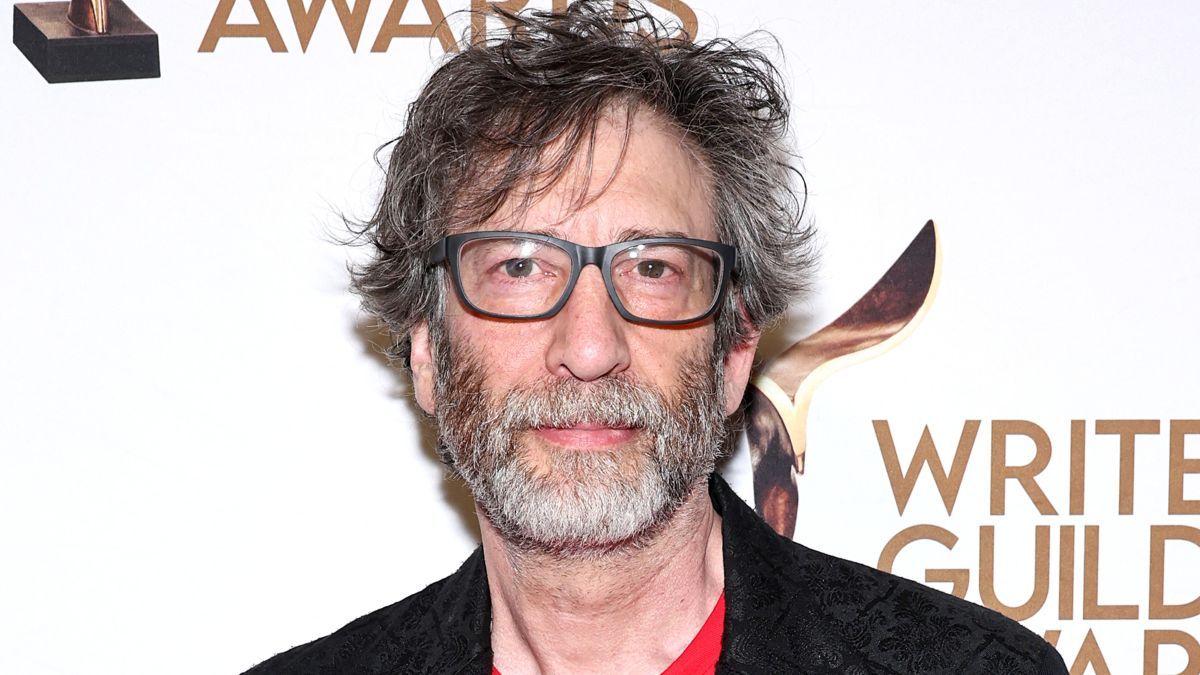


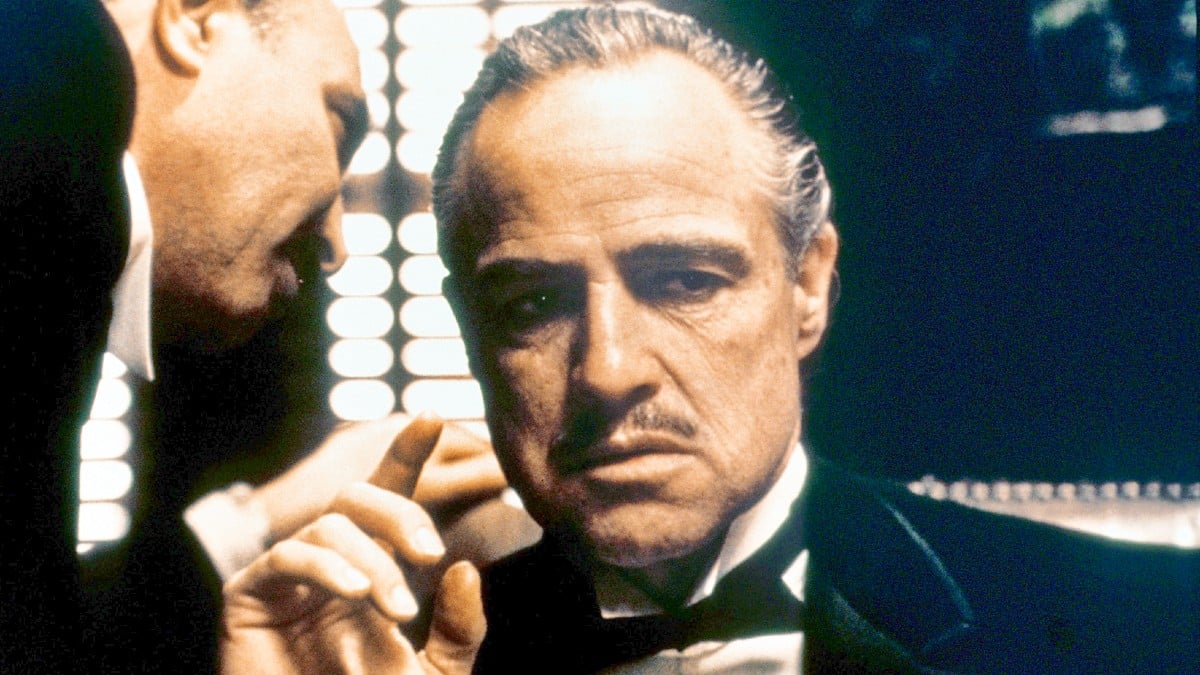

Published: Feb 29, 2024 03:34 pm